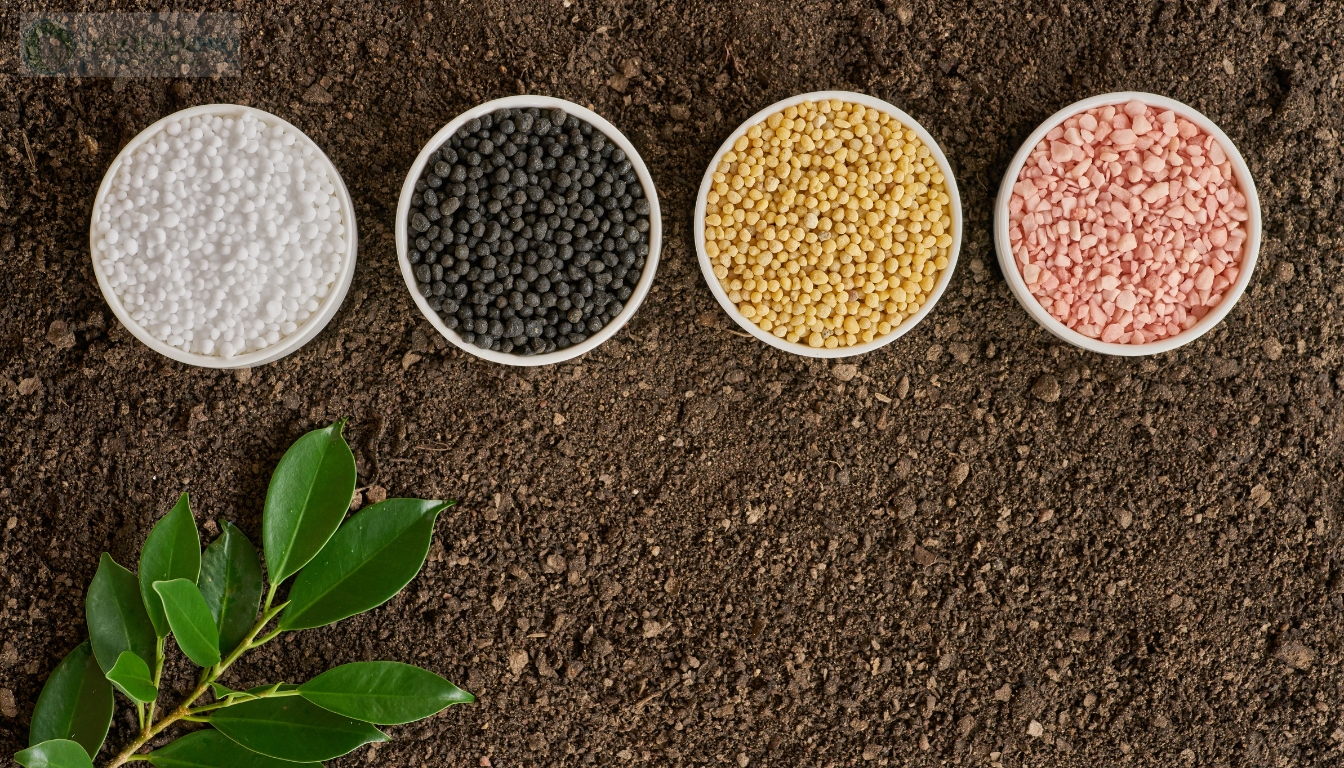In the quest for a lush, green lawn that turns heads and invites compliments, many homeowners find themselves overwhelmed by the plethora of information available about lawn care. From cutting techniques to fertilization schedules, the world of lawn management can seem daunting. However, understanding the science behind lawn cutting is key to not only maintaining a beautiful yard but also promoting a healthier ecosystem right in your backyard. In this comprehensive guide— The Science of Lawn Cutting: Best Practices for a Healthier Lawn—we will explore essential practices, tips, and tricks to help you achieve and sustain the lawn of your dreams.
Understanding Lawn Care
What is Lawn Care?
Lawn care encompasses all activities aimed at maintaining and improving the quality of your lawn. These include mowing, fertilizing, aerating, watering, and pest management. Each element plays a crucial role in ensuring your grass stays healthy and vibrant throughout the seasons.
Why is Lawn Care Important?
A well-maintained lawn provides multiple benefits:
- Aesthetic Appeal: A lush green lawn enhances curb appeal. Environmental Benefits: Grass absorbs carbon dioxide and releases oxygen while filtering rainwater. Recreational Space: A healthy lawn offers an excellent area for family gatherings or outdoor games.
The Science of Lawn Cutting: Best Practices for a Healthier Lawn
Importance of Mowing Techniques
Mowing isn’t just about keeping grass short; it’s an art. Understanding proper mowing techniques can drastically improve your lawn’s health.
- Cutting Height: Taller grass promotes deeper roots and healthier growth. Aim to keep grass around 2.5 to 4 inches high depending on the species. Mowing Frequency: Regularly mow your lawn every one to two weeks during the growing season to avoid overgrowth.
Choosing the Right Mower
Not all mowers are created equal! The type of mower you choose can significantly impact your mowing efficiency:
- Reel Mowers: Ideal for smaller lawns; they offer precision cuts but require more effort. Rotary Mowers: Perfect for larger areas; they handle various grass types better.
Lawn Fertilization: Nourishing Your Grass
When Should You Fertilize Your Lawn?
Timing is everything when it comes to lawn fertilization. Generally:
- Spring Fertilization: Apply fertilizer when grass begins to green up in early spring. Fall Fertilization: A second application in late summer or fall helps prepare your lawn for winter.
Types of Fertilizers
Choosing the right fertilizer can make or break your lawn care routine:

- Synthetic vs. Organic: Synthetic fertilizers provide quick results but may harm beneficial organisms in the soil. Organic options enrich soil health over time.
The Role of Grass Types in Lawn Care
Selecting Appropriate Grass Varieties
Different grass types have specific requirements regarding cutting height, watering needs, and sunlight exposure:
- Cool-season Grasses (e.g., Kentucky Bluegrass): Thrive in northern climates with moderate temperatures. Warm-season Grasses (e.g., Bermuda Grass): Prefer hotter conditions typical in southern regions.
Watering Essentials for a Healthy Lawn
How Much Water Does Your Lawn Need?
Grass typically requires about 1 inch of water per week, including rainfall.
- Use a rain gauge or small container to measure water distribution during irrigation.
Best Time to Water Your Lawn
Early morning is generally considered the best time to water as it reduces evaporation loss and fungal growth risks.
Aeration: Letting Your Soil Breathe
Why Aerate Your Lawn?
Aeration involves perforating soil with holes to allow air, water, and nutrients into grassroots:
- This process alleviates soil compaction and encourages deeper root growth.
When Should You Aerate?
Late spring through early fall is ideal for aeration when grass is actively growing.
Pest Management Strategies for Lawns
Identifying Common Pests
From grubs to chinch bugs—understanding which pests threaten your turf can help you act quickly:
- Regularly inspect your lawn for signs such as discoloration or wilting patches.
Natural Pest Control Options
Consider using natural repellents like neem oil or introducing beneficial insects like ladybugs that prey on common pests.
Weed Control Techniques That Work
Preventing Weeds Before They Start
A healthy lawn is often its own best defense against weeds:
- Proper mowing height and regular fertilization can prevent weed establishment before they take hold!
Post-Emergent Weed Control
If weeds do appear, consider targeted treatments like spot sprays that focus solely on invasive plants without harming nearby grass.
Seasonal Changes & Their Impact on Lawn Care
Adapting Your Practices Throughout the Year
Each season presents unique challenges requiring adjustments in approach:

Spring: Focus on rejuvenation through fertilization and aeration.
Summer: Maintain watering schedules while being vigilant against heat stress.
Fall: Prepare for dormancy with final feedings and overseeding if needed.
Winter: Allow grass time to rest; avoid heavy foot traffic on frozen ground!
FAQs About The Science of Lawn Cutting
1. How often should I cut my grass?
It depends on growth rates; typically every one to two weeks during peak growing seasons works well!
2. Is bagging clippings better than leaving them?
Leaving clippings returns nutrients back into the soil—a practice known as mulching—and can reduce fertilizer needs!
3. What’s the best mower height setting?
Aim for 2.5–4 inches depending on species—taller blades encourage deeper roots!
4. Can I fertilize my lawn too much?
Absolutely! Over-fertilizing can lead to nutrient runoff harming local ecosystems—always follow package instructions!
5. When should I aerate my lawn?
Optimal times are late spring or early fall when growth rates peak—the perfect opportunity for grassroots rejuvenation!

6. What are some signs my lawn needs more water?
Look out for wilting blades or footprints that remain visible long after walking—these indicate drought stress requiring immediate attention!
Conclusion
Achieving a lush, vibrant lawn requires diligence backed by science—specifically through understanding principles outlined in this guide! Implementing best practices from mowing techniques down to pest management will not only optimize aesthetic appeal but also promote ecological balance within your space; thus fostering lasting beauty year after year! With dedication towards these strategies from The Science of Lawn Cutting: Best Practices for a Healthier Lawn at hand—you’re http://prunerggqh653.cavandoragh.org/benefits-of-professional-lawn-care-invest-in-a-beautiful-landscape well equipped towards achieving outdoor excellence like never before! So roll up those sleeves; let’s get started today!